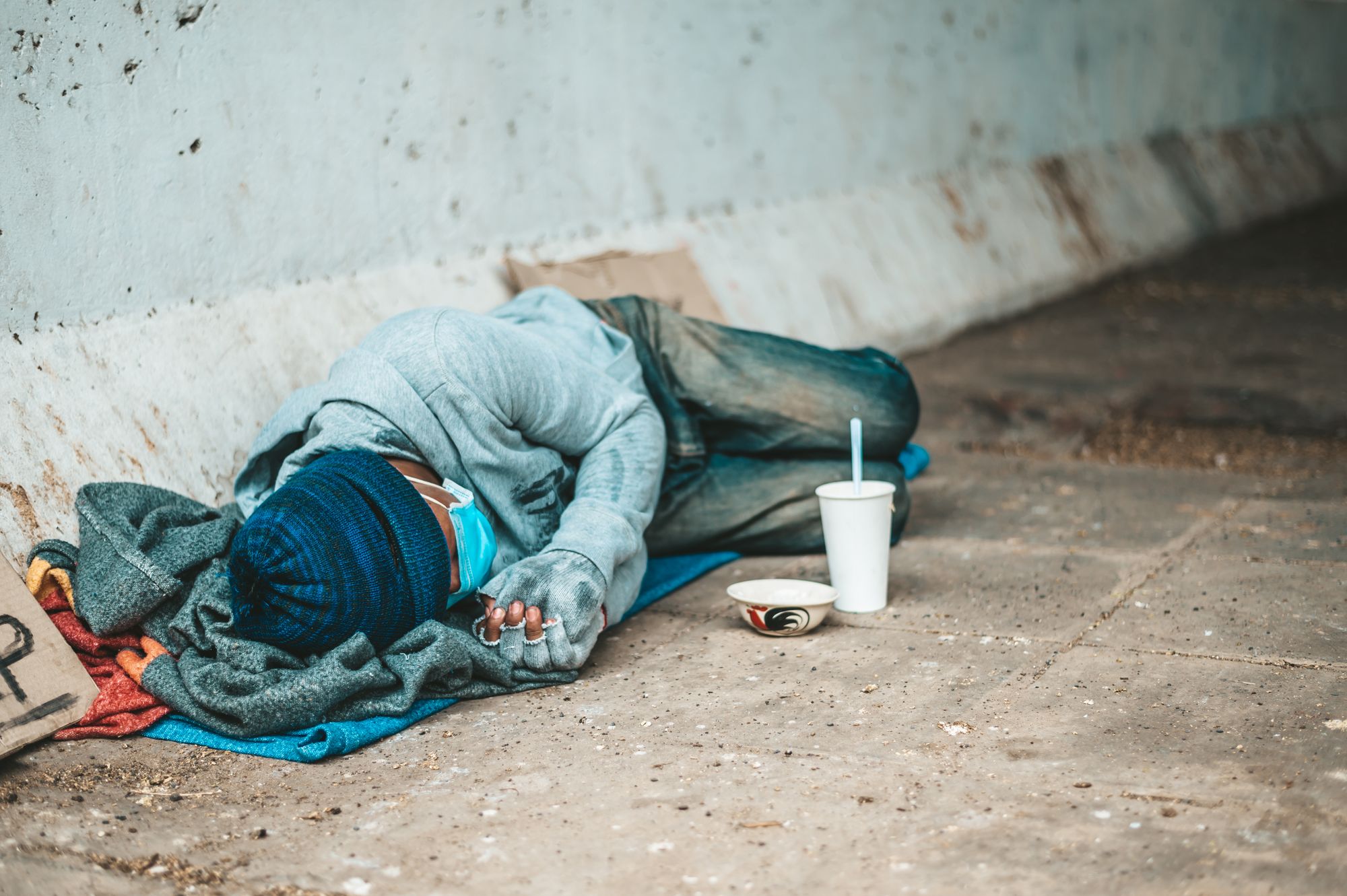A Peek at the MPI

The following story has been authored by Mohit Kundu, Economic Analyst at Arthashastra Intelligence
The concept of Multidimensional Poverty (MDP) has captured the attention of researchers and policymakers alike and has provided an alternative lens through which poverty can be viewed and understood. The MPI index is used to measure absolute or acute poverty i.e. poverty where people are deprived of an internationally agreed minimum standard of basic economic functioning such as nutrition, primary education or safe drinking water. It also refers to people who are not able to reach the minimum standards on several counts at the same time, i.e., they are multidimensionally poor. Thus, MPI is obtained by combining both the incidence and severity of poverty. The MPI is composed of three dimensions and ten indicators: Health: The health dimension and its indicators are seldom comparable due to missing data, hence flexible indices are needed to measure this dimension. Health has two indicators:- Malnutrition: We calculate a nutritional score from Basal Metabolic Index (BMI) where weight is divided by height.
- Child Mortality: If surveyed family has had an incidence of mortality between the age 0-6 years in the last 5 years.
- Years of Schooling: If not household member who are adult, completed 6 years of schooling.
- School Attendance: Whether school going children if not enrolled in school. In India, most students go to school due to Mid-day meal, so that may increase age of school going children.
- Electricity connection
- Safe Drinking Water
- Sanitation
- Cooking Fuel
- Floor (whether the floor is made of concrete).
- Assets: Here, we measure deprivation in terms of information or communication, so if individual is deprived of assets such as phone, television or radio etc.
- Even though there is a high variation in the percentage of population who are multidimensionally poor among different states, the intensity of deprivation varies between 36% to 47%.
- Chandigarh had the highest percentage of multidimensionally poor people to its total population at 52.63% and they were deprived of 46.74% on average of weighted indicators used to calculate intensity of poor people.
- Another notable observation is that, although few states like Punjab, Haryana etc. have relatively low percentage of poor people, the intensity of their deprivation is still very high.
